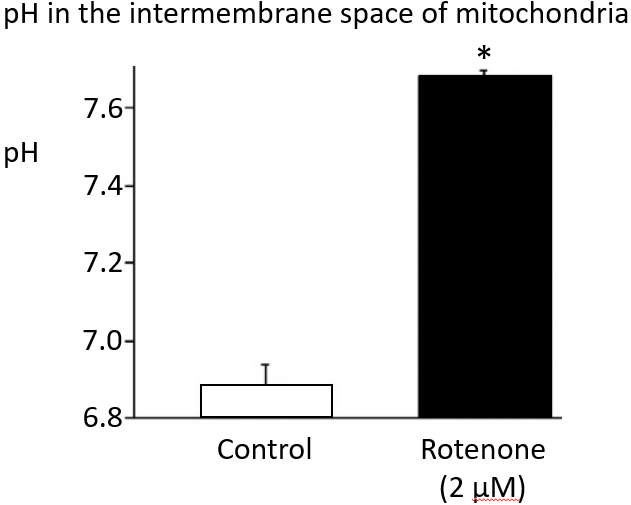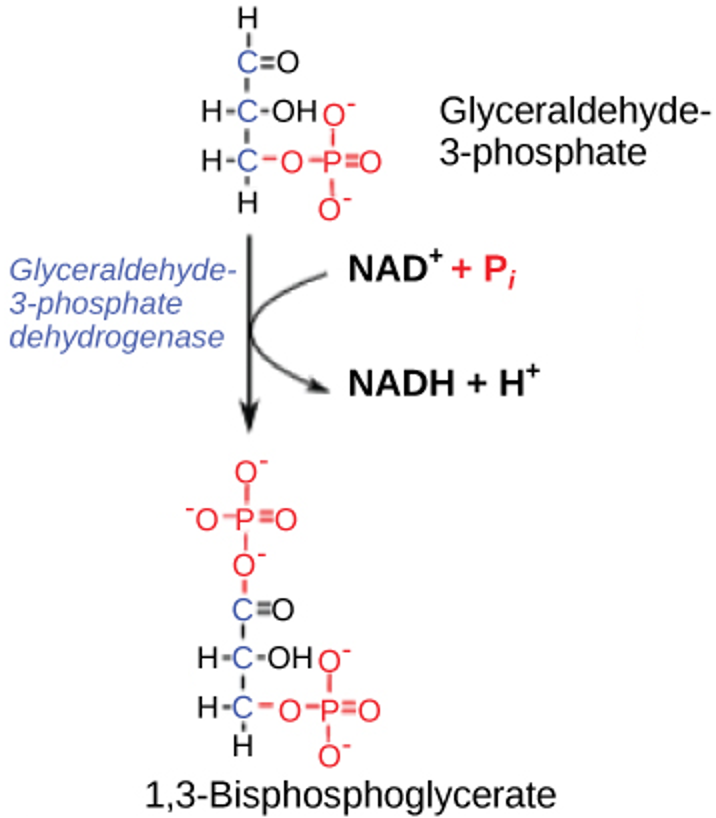LFS251Biochemistry Problem Set
- Subject Code :
LFS251
LFS251 Biochemistry 2023: Task 1b, Problem Set
The Problem Set will require you to use knowledge gained from the learning materials (especially Modules 4-7), and to undertake self-directed reading in biochemistry literature (particularly Garrett & Grisham, but other texts also as required). This assessment item is worth 15% of your overall grade and needs to be submitted by 4.00 pm on Thursday, 27th April (Week 8). Penalties for late submissions apply, as per University procedures. References are not required. There are 9 questions; marks as indicated.
Question 1 [1 Mark]
Why are obligate anaerobes unable to survive in the presence of oxygen? [Maximum 2 sentences]
Question 2 [1 Mark]
The figure compares the pH of the intermembrane space of mitochondria in control cells with cells that have been pre-treated with rotenone. Explain the difference in pH between the control and rotenone-treated cells. [Maximum 2 sentences]

Question 3 [1 Mark]
Which of the following best describes humans, when considering exchange of energy and matter?
An open system
A closed system
An isolated system
A solar system
uestion 4 [4 Marks]
Answer the following True or False questions
|
|
|
|
|
disaccharide is an example of an exergonic reaction |
|
|
|
a favoured reaction if it is coupled to the hydrolysis of ATP |
Question 5 [1 Mark]
Why do rapidly proliferating tumour cells tend to favour the conversion of glucose through the pentose phosphate pathway? [Maximum 2 sentences]
Question 6 [2 Marks]
Consider the following reaction in which glyceraldehyde-3-phosphate is converted to 1,3-bisphosphoglycerate.

How is NADH, produced in this reaction, used by the cell as a precursor to ATP production? [Maximum 1 sentence]
Is NAD+ being oxidized or reduced in this reaction? [Maximum one word]
Question 7 [3 Marks]
Hexokinase I (expressed in muscle) and Glucokinase (expressed in liver) are enzymes that phosphorylate glucose to produce glucose-6-phosphate. Both reactions are coupled to the hydrolysis of ATP. The Km for glucose with hexokinase I and glucokinase is 0.03 mM and 10 mM, respectively. Normal blood glucose concentration is about 4 mM, with rapid equilibration of glucose concentration across the cytosol of hepatocytes and blood by the GLUT2 transporter.
What happens to most of the glucose that is produced in the liver by gluconeogenesis, under conditions of low blood glucose concentration? [Maximum 1 sentence]
What is the fate of liver glucose under conditions of high blood glucose concentration? [Maximum 1 sentence]
What would be the problem if the liver expressed hexokinase I instead of glucokinase? [Maximum 2 sentences]
Question 8 [1 Mark]
ATP is converted to ADP in a coupled reaction, catalysed by phosphofructokinase-1 (PFK-1). ATP is also an end-product of glycolysis. How is ATP production regulated under conditions in which the rate of ATP production exceeds the rate of ATP consumption? [Maximum 1 sentence]
Question 9 [1 Mark]
Yeast use alcohol dehydrogenase to regenerate NAD+ so that glycolysis can continue under anaerobic conditions. Humans cant do this. What process allows humans to regenerate NAD+ for similar reasons as yeast? [Maximum 1 sentence]

